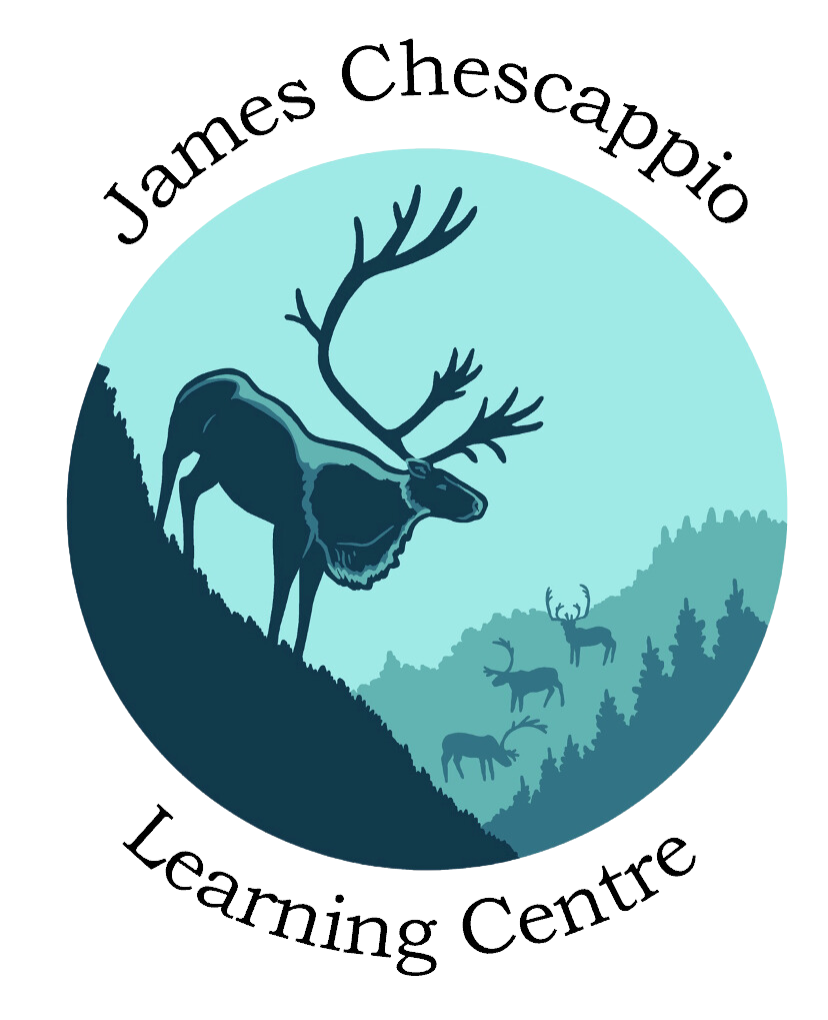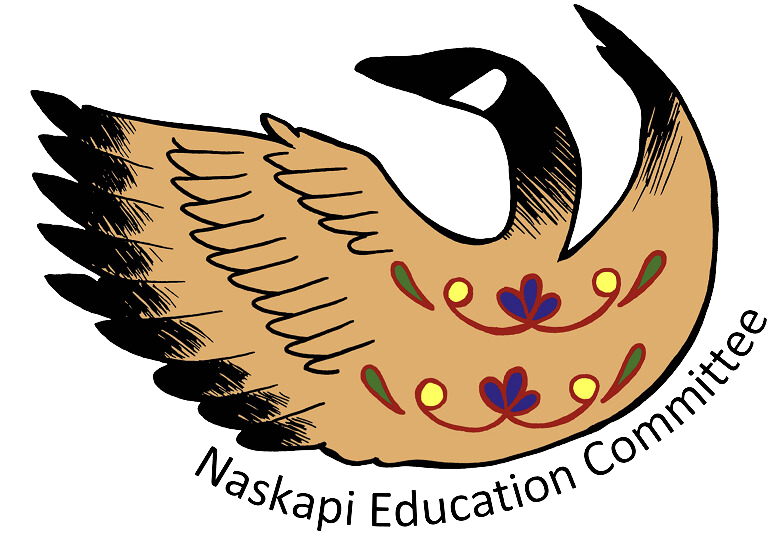
The Naskapi people have inhabited what is now northern Quebec and Labrador since time immemorial.
Our ancestors were nomadic, relying on the land and following the caribou herds that provided essential resources.
In the 1950s, significant changes occurred when most of the Naskapi community relocated from Fort Chimo to the Schefferville area.
The move to our current home in Kawawachikamach happened in the early 1980s.
In 1984, the Naskapi Band of Québec was established through the Naskapi Act, making us and the Cree communities the first self-governing bands in Canada.
Our name was changed to the Naskapi Nation of Kawawachikamach in 1999.
The Naskapi Nation of Kawawachikamach is responsible for governance, management, and service delivery to its members, while also promoting development and preserving our unique culture and language.
Our history is a vital aspect of our identity, and we must actively work to preserve our culture by practicing it and passing it on to future generations.
Discover more about the rich history of the Naskapi Nation here
History in FrenchDiscover more about the rich history and vibrant culture of the Naskapi Nation Of Kawawachikamach. Explore how our traditions and resilience have shaped Kawawachikamach today. Join us in celebrating our heritage and help support our ongoing journey towards prosperity and self-determination through education.
See how you can become part of our story!



© 2025 Jimmy Sandy Memorial School